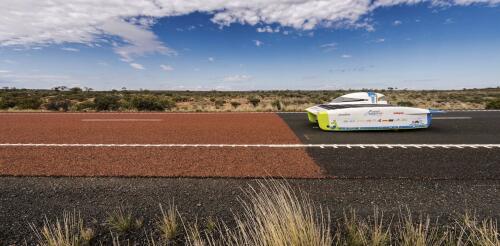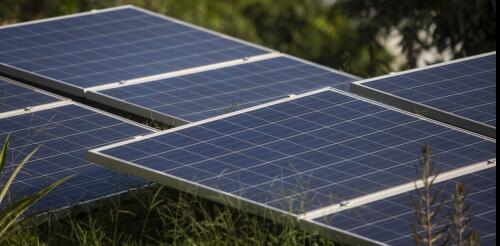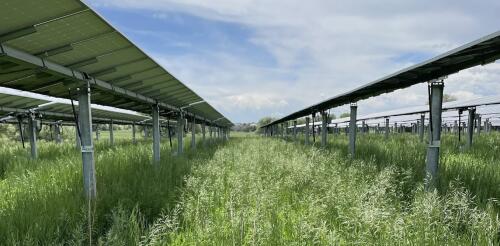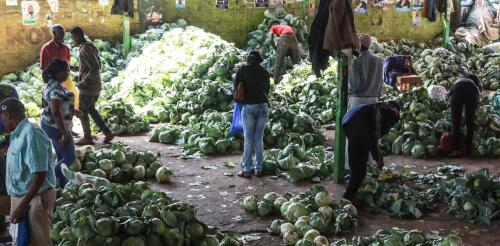Solar power
Curious Kids is a series for children of all ages. If you have a question you’d like an expert to answer, send it to curiouskidsus@theconversation.com. Why aren’t there solar-powered cars? – Emma, age 16, Springville, Utah Solar cars exist. The best place to see them is the World Solar Challenge, a race that’s held every two years in Australia. Competitors have to drive about 1,870 miles (3,000 kilometers), from Darwin on the country’s north coast to Adelaide on its south coast, using only energy from the Sun. Many cars that compete in this race look more like amusement park rides or science fiction vehicles than the cars you see on the road. That tells you something about why solar cars aren’t an option for everyday travel, at least not yet. Collecting enough sunlight While a lot of sunlight falls on Earth during the day, the light becomes scattered as...
During the most recent total solar eclipse visible in the U.S., on Aug. 21, 2017, the skies darkened as the Moon crossed in front of the Sun. It blocked out all sunlight – except for that from a golden ring visible around the Moon’s shape, called the corona. Not surprisingly, solar power generation across North America plummeted for several hours, from the first moment the Moon began to obscure the Sun to when the Sun’s disk was clear again. On April 8, 2024, another total solar eclipse will track across the U.S., causing perhaps an even greater loss of solar power generation. Although this will be the second total solar eclipse visible in the U.S. in under seven years, these events are a rare occurrence. Nevertheless, they present a unique challenge to power grid operators. I am a space scientist with a passion for teaching physics and astronomy. Though I have seen many partial eclipses of the Sun, I have yet to witness a total solar eclipse. My road trip to...
As societies look for ways to cut greenhouse gas emissions and slow climate change, large-scale solar power is playing a central role. Climate scientists view it as the tool with the greatest potential to reduce carbon dioxide emissions by 2030. In the U.S., the Department of Energy predicts that solar will account for nearly 60% of all new utility-scale electricity-generating capacity installed in 2024. But ideal locations for solar development often overlap with croplands or grasslands used for livestock grazing. Typically, large-scale solar arrays are designed to maximize energy generation, without much consideration for the ecosystems in which they are placed. For example, grading land and removing vegetation can cause erosion and send runoff into waterways. Solar developers have been fined for such environmental violations in Georgia, Massachusetts, Alabama, Idaho and Illinois. There also are concerns about how large solar installations affect animal movement patterns...
This new wave of solar producers aren’t just getting cheap electricity, they’re also participating in the energy transition. More than 400,000 plug-in solar systems have been installed in Germany, most of them taking up a seamless spot on people’s balconies. New data shows at least 50,000 of the PV devices were added in the first quarter of 2024 alone. A boom born from Germany’s “very strong solar culture”, in the words of one expert. Solar balconies are a piece of the wider energy transition across Europe, explains Jan Osenberg, a policy advisor at the SolarPower Europe association. “We see them as a subset of rooftop solar, but also as something different,” he tells Euronews Green. “We basically see it as a trend to use all possible artificial infrastructure for solar generation.” Train tracks, motorways, carparks, car roofs, cemeteries and building facades… the list...
Food loss and waste are major problems around the world. When food is tossed aside or allowed to spoil, it makes economies less productive and leaves people hungry. It also harms Earth’s climate by generating methane, a potent greenhouse gas. Food loss and waste accounts for 4% of global greenhouse gas emissions. If food waste were a country, it would be the third-largest emitter in the world, ahead of India and behind only China and the U.S. Worldwide, 1.3 billion tons of food are lost or wasted every year. Earth’s population is projected to increase from 8 billion today to roughly 10 billion by 2050. Feeding that many people will require nations to increase agricultural production by more than 70% and reduce food loss and waste. Expanding food cold chains to the world’s least-developed countries can have enormous impacts. But it also raises concerns if it’s not done in a way that avoids contributing to climate change. Inves...




